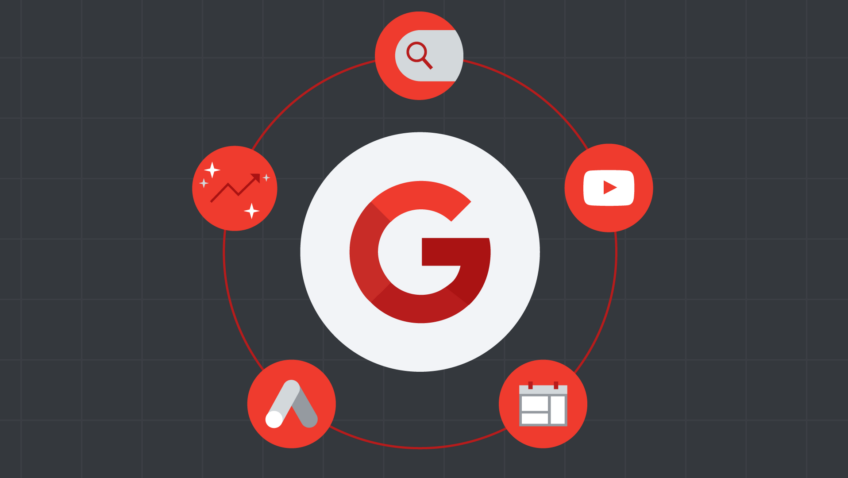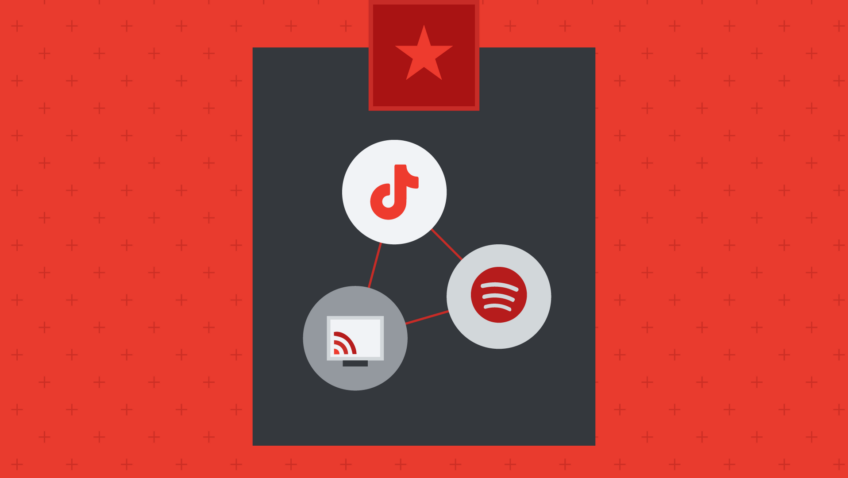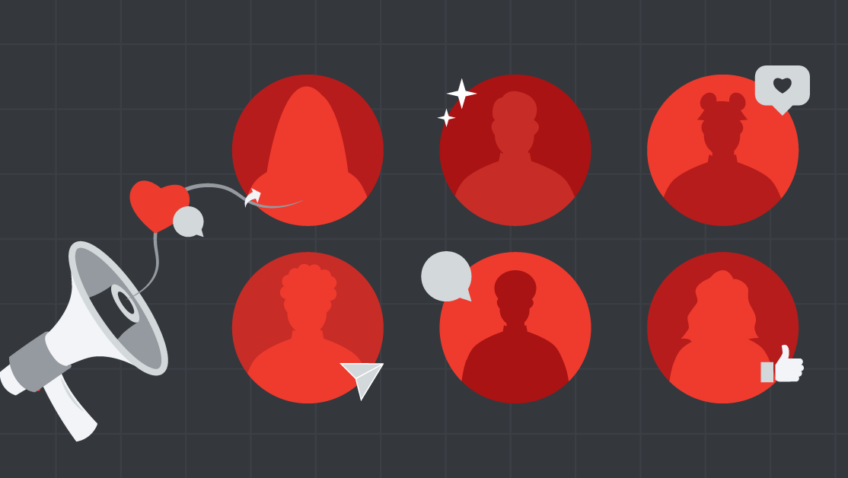The Social Imperative

As an industry it is imperative we up our social game. Many organizations are still marketing like it is 2003; relying heavily on newspaper, radio and print. I see organizations dipping their toes in social but it is still not core to their strategy. Most organizations are severely underfunding social media and content creation. Not to be hyperbolic, but this needs to change for our industry to continue to thrive.
It is clear that traditional media is dying. Think about your own media habits. Do you still watch TV commercials (or do you skip them)? Do you subscribe to print newspaper? Do you run home to check your mailbox for direct mail? No, no, and no most likely.
Do you have a smartphone? How many times did you check it today? Most people check around 100 times per day. More than half of all actions on a mobile device are social. Are you on Facebook? Did you log on in the last 24 hours? 75% of US internet users have a Facebook account and more than half check it daily, most check multiple times. Think about that for a second.
The organizations that have invested in social are thriving. They are able to cut their traditional media budget and see dramatic sales growth. I see it all the time in our consulting practice. You can save money because digital targeting is so much more precise. There is so much less waste. I know cutting traditional media is scary. Change is hard, but it is imperative.
So what are the keys to a successful social strategy? Number one is having the skills. I think social is an art and science so you need to cover both bases. The art side is about storytelling. About writing stories and using images that touch human emotion. That break through the clutter. That don’t ask anything of the reader. They are there to entertain or to elicit a laugh, a tear, or some sort of human emotion. Think about a user scrolling a social feed. You have two seconds to grab their attention. “Buy this now” is not going to cut it. In fact, Facebook is smart enough to know no one wants to see this content and it probably won’t even be shown to 5% of your fans. If you are not generating content that is getting likes, comments, or shares you might as well not post anything. This is where the science comes in.
To succeed at social you need to obsess over the analytics. When a post takes off, meaning it gets a lot of likes comments and shares, you have found gold. Take the time to understand why that post took off. Was it the image? The language? The topic? The layout? The time of day? The post type? Then try it again and see if you can strike gold twice. Or maybe change one element and see if you get a similar result. It is all about trial and error. But eventually you will figure out the types of content fans respond to. Then keep doing this. And evolving this. And as you continue to post content that engages you will see your fan numbers increase and your impressions increase. Facebook’s algorithm rewards good content. Instead of speaking to 500 people you will be speaking to 5,000, then 50,000. Now you are beginning to get somewhere. So how does this turn into sales?
A yoga teacher once told me a good yoga class is about giving the students 70% of what they want and 30% of what you want. The content I am talking about above is the 70%. Once you figure out the 70%, you earn the right to your 30% posts and those are posts that are asking for something. You earned the right to ask them to come to your show or attend your event. Of course this must be done in an elegant way. With an attractive and attention grabbing image and a compelling call to action. If you jump straight to the 30% posts you are going to fail. We see it all the time. Promoting posts can definitely help boost your 30% posts and get some results, but the organizations that are truly succeeding have figured out the 70% posts. And it is actually cheaper and far more effective to promote the 30% posts of the organizations that have a large and loyal following.
We just finished a campaign with an organization where we got $12 back in sales for every $1 we invested in it. Through Facebook conversion tracking we were able to track this down to the dollar. This is not uncommon for organizations that have figured out the 70% posts. Facebook has the most sophisticated targeting tools in the digital world, period. It is incredibly powerful when used correctly. There is no traditional media that can come even close. By buying print you are wasting the majority of your impressions speaking to people who just don’t care about you. With Facebook’s targeting tools I can reach college educated women who are 30+ and live in affluent zip codes and love theater. I can reach 50,000 people who are on an organization’s email list right in their newsfeed. I can use Facebook’s lookalike modeling to find another 50,000 people who look like those 50,000 people. And these lookalikes often convert at a similar or better rate than the email list. Tell me any traditional media that can even come close to this.
To succeed the first thing you must do is be open to changing your priorities. You must hire someone with storytelling skills and analytic skills, and make it their full time job. Then set them free. And give them a pot of money to create content. Access to a graphic designer. Access to a videographer. Freedom to go “off book.” To talk about far more than what you are selling. Luckily we work in the arts and there are so many directions a creative mind can take this content. I promise you it will pay off.
I love this stuff. Have a question? Ask me.
-Erik
Facebook post credit to Jacob’s Pillow.
Follow them on Facebook for social inspiration.










